Research in Mer
Research in Mer was undertaken by Dr Vinnitta Mosby. Dr. Mosby is a direct descendant of Jimmy Rice. She identifies Ron Day, descendant of Jimmy Day (Dei) as elder brother, within the Torres Strait kinship system.
She knows Adimabo Noah, eldest living descendant of Ulai and has knowledge of the Meriam Mer language. She is an academic with experience in oral history interviewing and has detailed knowledge of local cultural protocols.
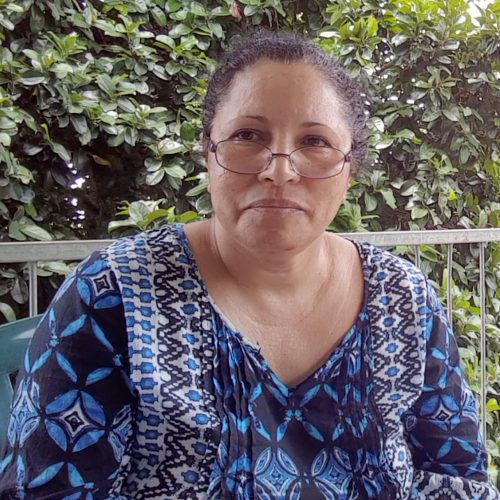
Recordings
Adimabo Noah
Noah is the oldest living descendant of Ulai. He is a Meriam elder of the Komet tribe and speaks in Meriam on the recording. He lives in Cairns, Queensland.
Rev. Ron B. Day
The Rev. Ron B. Day is the oldest descendant of Jimmy Dei. He is from the Komet tribe of Mer and related several stories about his ancestor, who was recorded on cylinder C80/1060. He has been very active politically as a tribal leader. Today he lives on Mer and was recorded at his home.
Historical Recordings
Dr Mosby researched the following cylinder recordings from the island of Mer, from the Alfred Cort Haddon 1898 Expedition (Torres Strait and British New Guinea) Cylinder Collection (C80).
| British Library shelfmark | Recording title | Performer name | Recording location | Recording date | Content description | Performer description | Recording notes | Languages | Genre | Recordist | Recording length | Recording trip | Description of cylinder | Collection title | Cylinder location | Images of cylinder containers / documentation | Related print publication: | Related print publication: | Related print publication: | Related print publication: | Related print publication: | Related print publication: |
|---|---|---|---|---|---|---|---|---|---|---|---|---|---|---|---|---|---|---|---|---|---|---|
| C80/1012 | Izib B | Ulai (singer, male); Wanu (singer, male) | Mer / Murray Island, Torres Strait Islands | 10 May 1898 – 24 August 1898 | Unaccompanied male vocal solo. This recording corresponds to Charles S. Myers' Malu Song III. In correspondence with Erich von Hornbostel, Myers describes Izib as a funeral song from Mer / Murray Island (Myers 1907). Izib was the creek at Kiam, Mer / Murray Island, from which Malu drank water (Haddon & Myers VI 1908:283, 299). Inscription on cylinder insert notes: 'Izib B / Ulai and Wanu.' One small slip of perforated paper: 'Izib B'. Words and musical notation published in Myers & Haddon (1908:150-151). Further analysis and song text available in Myers (1912:249, 266-267). | Poor quality with very weak signal and surface noise. The recording date range assumes that Myers is indeed the recordist and corresponds to the dates of Myer's stay on Mer / Murray Island. Myers (1912:240): 'With one or two exceptions the words of the Malu songs clearly belong to the language of the eastern islands.' C80/1012 (better quality) is the master whereas C80/1101 is a duplicate. | Meriam Mir | Field recordings | Myers, C. S. | 1'42" | 1898 Cambridge Anthropological Expedition to Torres Straits | Brown wax cylinder. No case. | Alfred Cort Haddon 1898 Expedition (Torres Strait and British New Guinea) Cylinder Collection | British Library | 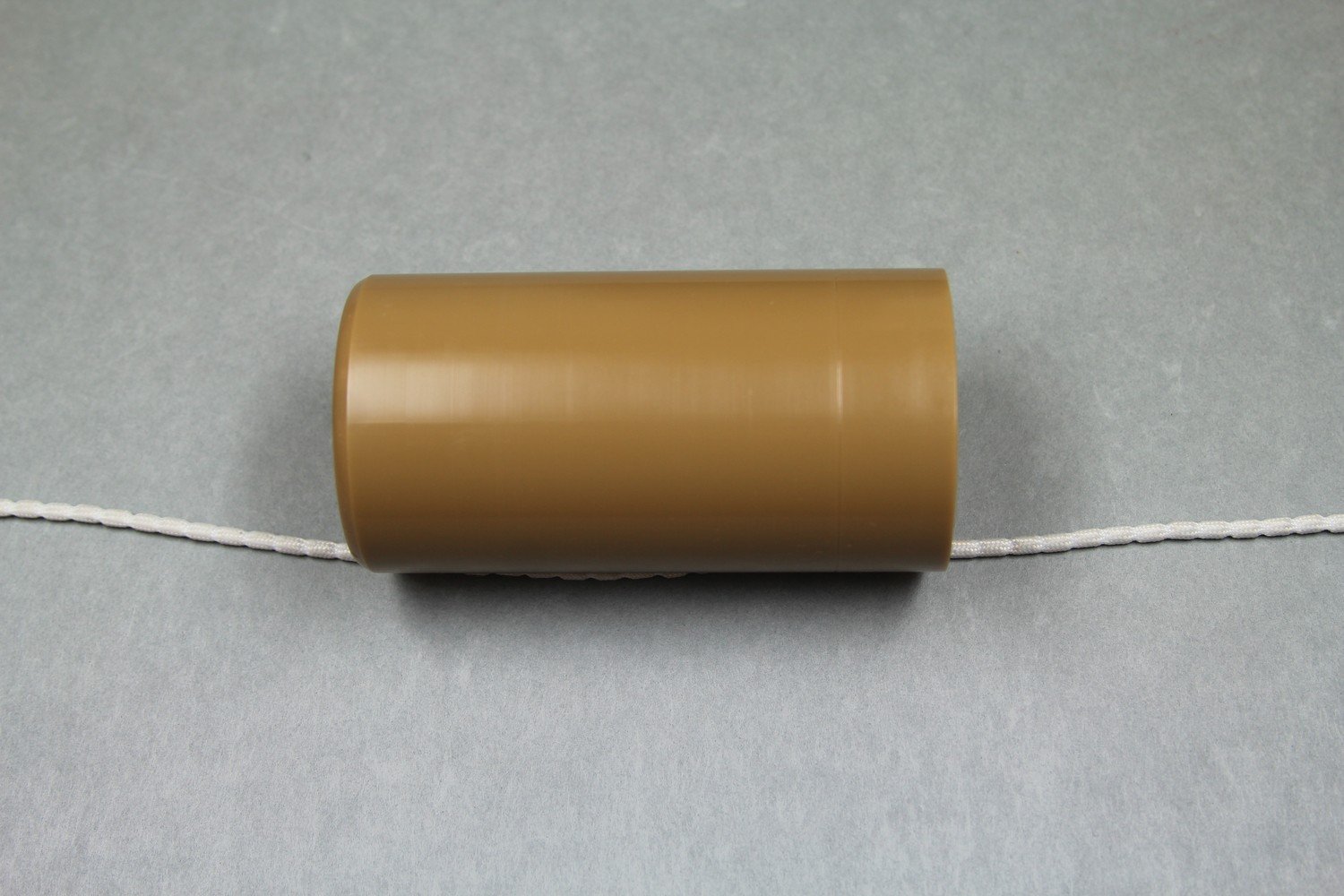   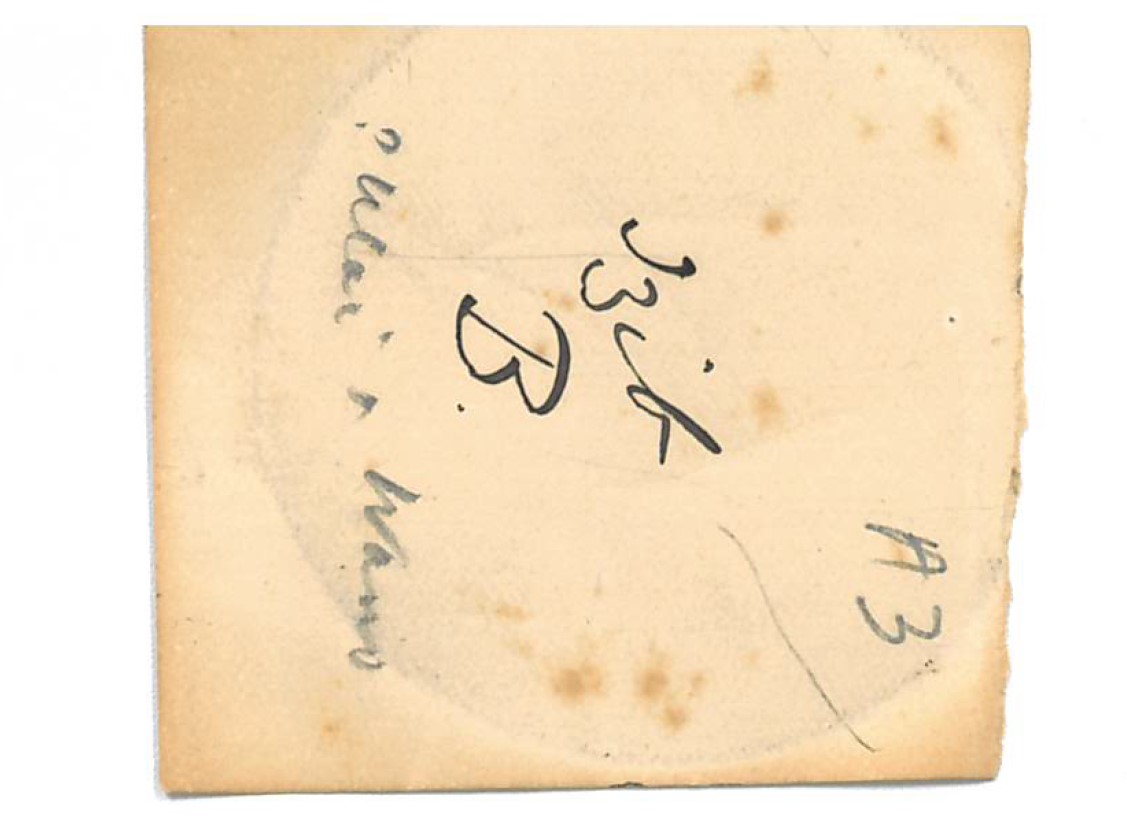   | Haddon, A.C. (ed.) 1908. Reports of the Cambridge Anthropological Expedition to Torres Strait: Volume VI, Sociology, Magic and Religion of the Eastern Islanders. Cambridge: Cambridge University Press. British Library shelfmark General Reference Collection YC.2011.b.632. | Haddon, A.C. (ed.) 1912. Reports of the Cambridge Anthropological Expedition to Torres Strait: Volume IV, Arts and Crafts. Cambridge: Cambridge University Press. British Library shelfmark General Reference Collection YC.2011.b.634. | The 1907 letter from Myers to von Hornbostel is held by the Berliner Phonogramm-Archiv, Ethnologisches Museum, Staatliche Museen zu Berlin. | ||||
| C80/1016 | Adud leluti B | Ulai (singer, male) | Mer / Murray Island, Torres Strait Islands | 10 May 1898 – 24 August 1898 | The recording date range assumes that Myers is indeed the recordist and corresponds to the dates of Myer's stay on Mer / Murray Island. Myers (1912:240): 'With one or two exceptions the words of the Malu songs clearly belong to the language of the eastern islands.' In Alice Moyle's 1985 audition sheets, she noted '[Poor quality at commencement. Gliding tones ( -i-ya:) / followed by "short high-pitched shouts", (Myers, 1912:250) A.M.]'. See also A4 [C80/1013]. C80/1016 (better quality), C80/1097 and C80/1098 are duplicates). | Meriam Mir | Field recordings | Myers, C. S. | 2'07" | 1898 Cambridge Anthropological Expedition to Torres Straits | Brown wax cylinder. No case. | Alfred Cort Haddon 1898 Expedition (Torres Strait and British New Guinea) Cylinder Collection | British Library |   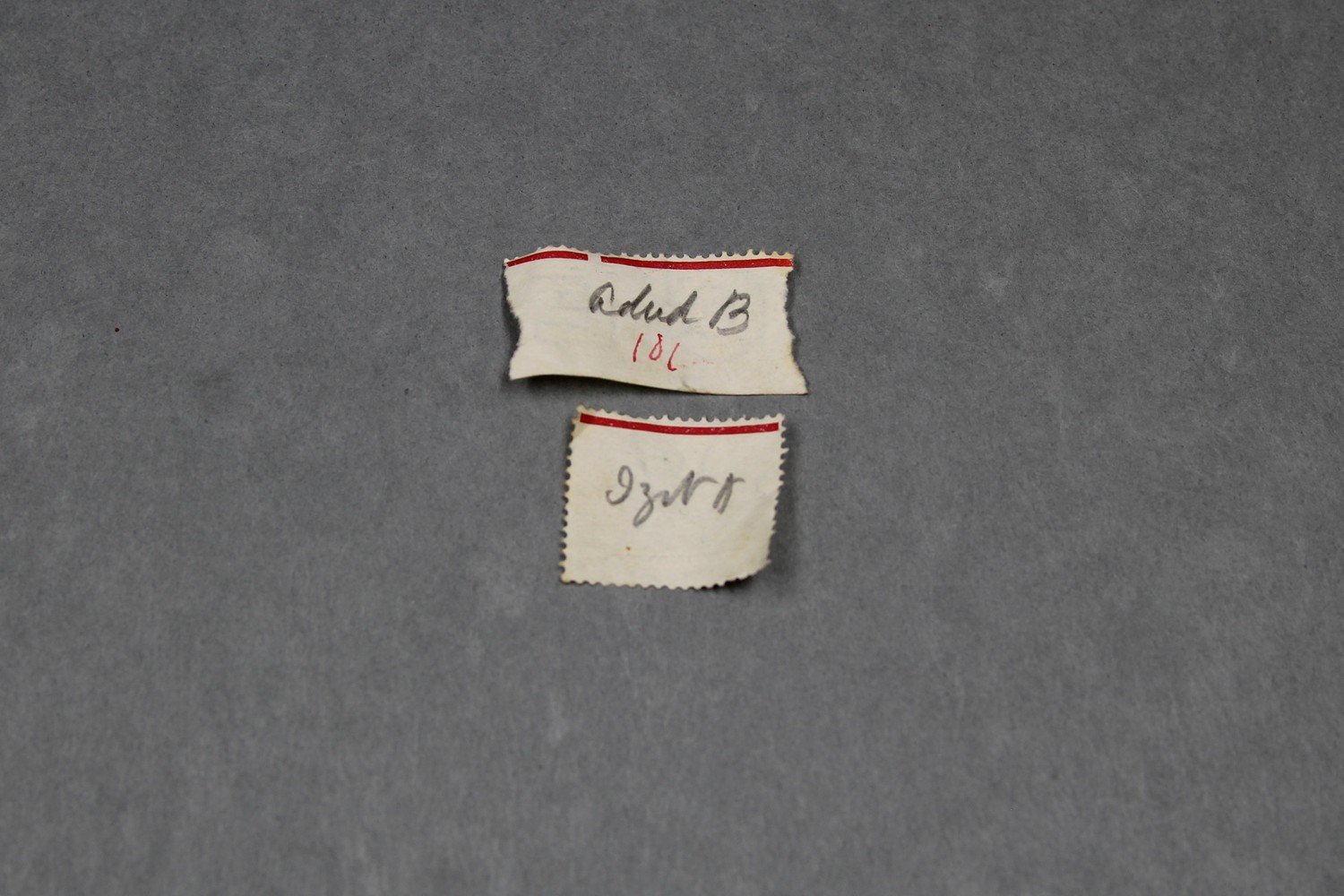 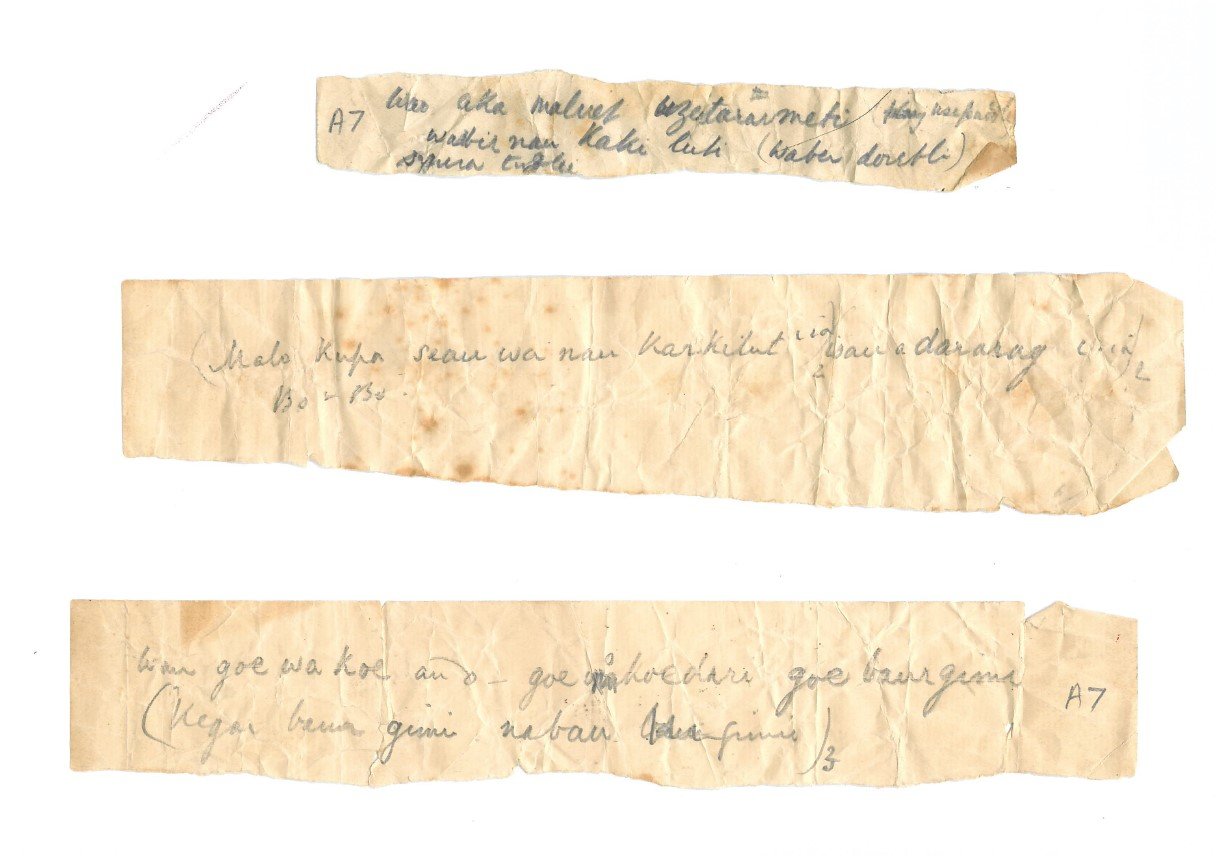   | Haddon, A.C. (ed.) 1907. Reports of the Cambridge Anthropological Expedition to Torres Strait: Volume III, The Languages of Torres Strait. Cambridge: Cambridge University Press. British Library shelfmark General Reference Collection YC.2011.b.631. | Haddon, A.C. (ed.) 1908. Reports of the Cambridge Anthropological Expedition to Torres Strait: Volume VI, Sociology, Magic and Religion of the Eastern Islanders. Cambridge: Cambridge University Press. British Library shelfmark General Reference Collection YC.2011.b.632. | Haddon, A.C. (ed.) 1912. Reports of the Cambridge Anthropological Expedition to Torres Strait: Volume IV, Arts and Crafts. Cambridge: Cambridge University Press. British Library shelfmark General Reference Collection YC.2011.b.634. | Wilkin, Anthony. 1898. Field Notebook [File 1027]. [manuscript] M2731-M2740: Torres Straits, 1888 - 1936, Cambridge University Library. See http://nla.gov.au/nla.obj-765702983 | ||||
| C80/1019 | Adud leluti | Ulai (singer, male); Gasu (singer, male) | Mer / Murray Island, Torres Strait Islands | 10 May 1898 – 24 August 1898 | This cylinder has been bandaged on one end. Transcription and translation on cylinder insert note: 'Adud leluti / A.' On reverse: 'Wau aka Maluet adud leluti / (yea) (indeed) (bad) (man) / Adud teregeti warbir nau / (bad) (teeth) (well) / kareki lut I a warbia / (haul [illeg]) / derebele segura atuglei / (dig) (song) (man stand round).' This recording corresponds to Charles S. Myers' Malu Song IV A. Adud leluti translates to 'bad man' (Haddon & Myers 1908:297). Ray translates adud as 'bad' or 'evil' (Ray 1907:132). Song IV A was performed during the exhibition of the sacred Malu-Bomai masks and also during the dance of the Beizam Boai after the initiation ceremonies.”(Myers 1912:243)."The fourth song was uttered in a very low voice, and was followed by yet more highly sacred words which were quickly whispered so that no one may hear them save those who had been initiated into the Malu mysteries" (Myers & Haddon 1908:150). Published and analysed in Myers (1912:249-251, 267). Words also published in Haddon & Myers (1908:297-299). Musical notation is also included in Anthony Wilkin's field notebook as Song H (1898:251). Three records were obtained, two sung by Ulai and Gasu (Myers 1912:239-240). | Reasonable quality recording but with some surface noise due to cracked and bandaged cylinder. The recording date range assumes that Myers is indeed the recordist and corresponds to the dates of Myer's stay on Mer / Murray Island. Myers (1912:240): 'With one or two exceptions the words of the Malu songs clearly belong to the language of the eastern islands.' From Alice Moyle's 1985 audition sheets: 'Poor quality at commencement. Gliding tones (i-ya:)…Ends "short high-pitched shouts" cf. A4 and A7' [C80/1013 and C80/1016] C80/1019 (better quality) and C80/1095 are duplicates. | Meriam Mir | Field recordings | Myers, C. S. | 1'48" | 1898 Cambridge Anthropological Expedition to Torres Straits | Brown wax cylinder. No case. | Alfred Cort Haddon 1898 Expedition (Torres Strait and British New Guinea) Cylinder Collection | British Library | 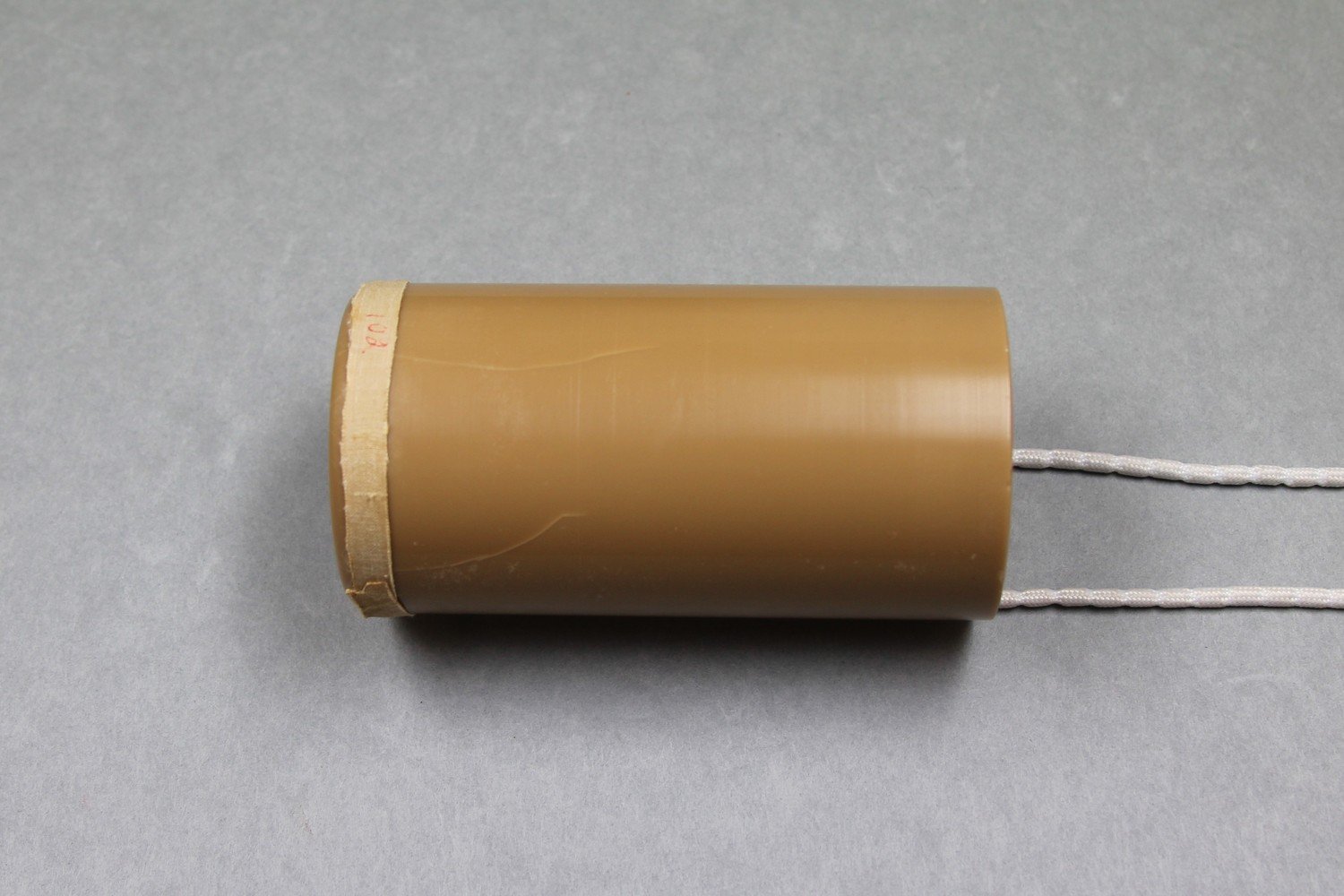 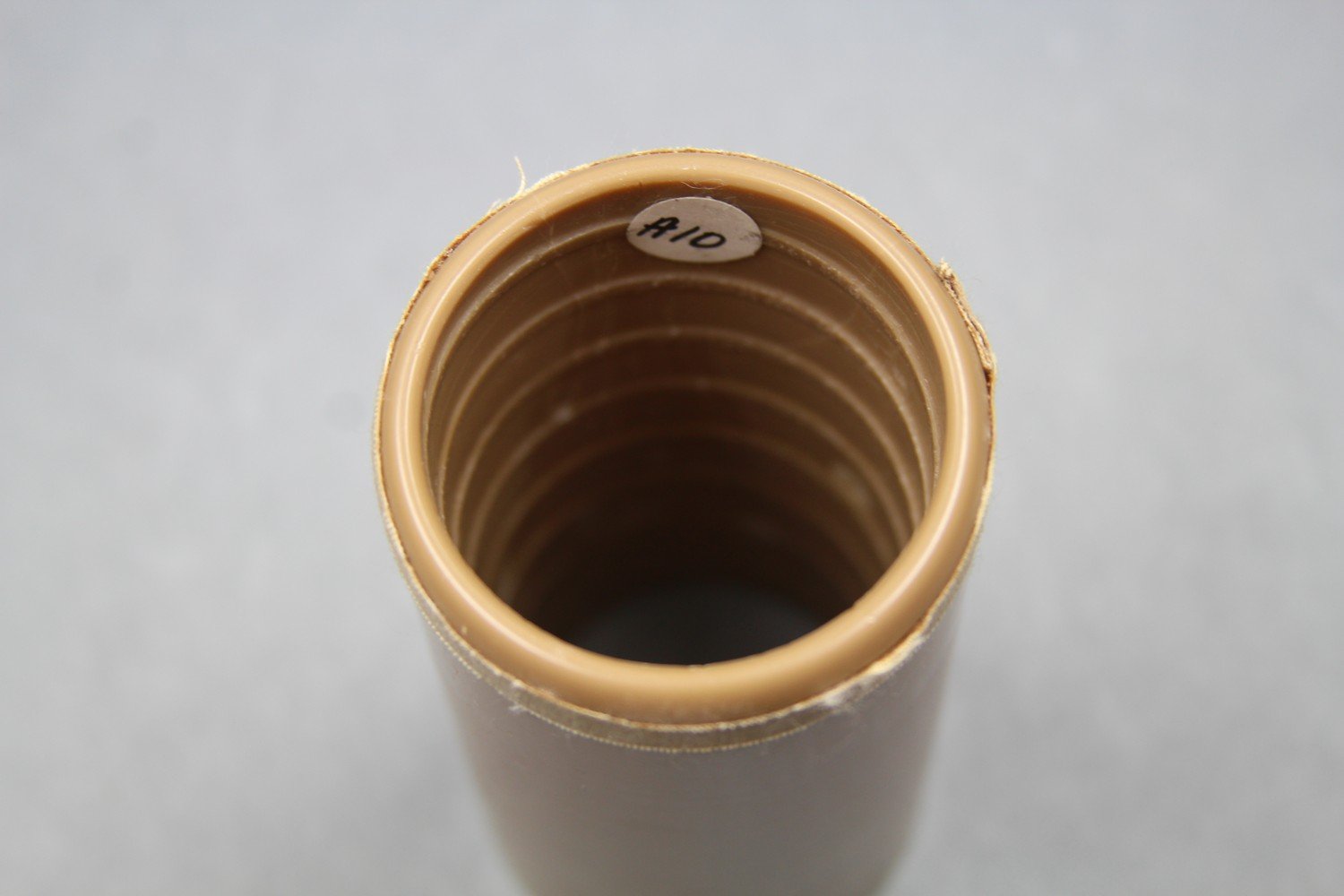     | Haddon, A.C. (ed.) 1907. Reports of the Cambridge Anthropological Expedition to Torres Strait: Volume III, The Languages of Torres Strait. Cambridge: Cambridge University Press. British Library shelfmark General Reference Collection YC.2011.b.631. | Haddon, A.C. (ed.) 1908. Reports of the Cambridge Anthropological Expedition to Torres Strait: Volume VI, Sociology, Magic and Religion of the Eastern Islanders. Cambridge: Cambridge University Press. British Library shelfmark General Reference Collection YC.2011.b.632. | Haddon, A.C. (ed.) 1912. Reports of the Cambridge Anthropological Expedition to Torres Strait: Volume IV, Arts and Crafts. Cambridge: Cambridge University Press. British Library shelfmark General Reference Collection YC.2011.b.634. | Wilkin, Anthony. 1898. Field Notebook [File 1027]. [manuscript] M2731-M2740: Torres Straits, 1888 - 1936, Cambridge University Library. See http://nla.gov.au/nla.obj-765702983 | Alice Moyle (AIAS, now AIATSIS) completed audition sheets for the Torres Strait cylinder collection in 1985. Copies of these are held at the British Library. | ||
| C80/1024 | Keber death song | Ulai (singer, male) | Mer / Murray Island, Torres Strait Islands | 10 May 1898 – 24 August 1898 | 1-2. Unaccompanied male vocal solo. Inscription on insert notes: 'Ulai. Keber death song / Keb Aa / V / uwa kodiata lagata[?]'. One small slip of perforated paper: 'XV 83' [number in red ink]. Likely displaced from C80/1023. This recording corresponds to Charles S. Myers' Keber Song V. Published with amended lyrics in Myers & Haddon (1908: 152). Words, translation and analysis published in Myers (1912:251, 268). | Reasonable quality recording but with surface noise - stylus lifted and redropped between tracks. The recording date range assumes that Myers is indeed the recordist and corresponds to the dates of Myer's stay on Mer / Murray Island. Myers (1912:240): 'the keber songs which, with the exception of Song XI, are invariably in the western language.' | Kala Lagaw Ya | Field recordings | Myers, C. S. | 1'24" | 1898 Cambridge Anthropological Expedition to Torres Straits | Brown wax cylinder. No case. | Alfred Cort Haddon 1898 Expedition (Torres Strait and British New Guinea) Cylinder Collection | British Library | 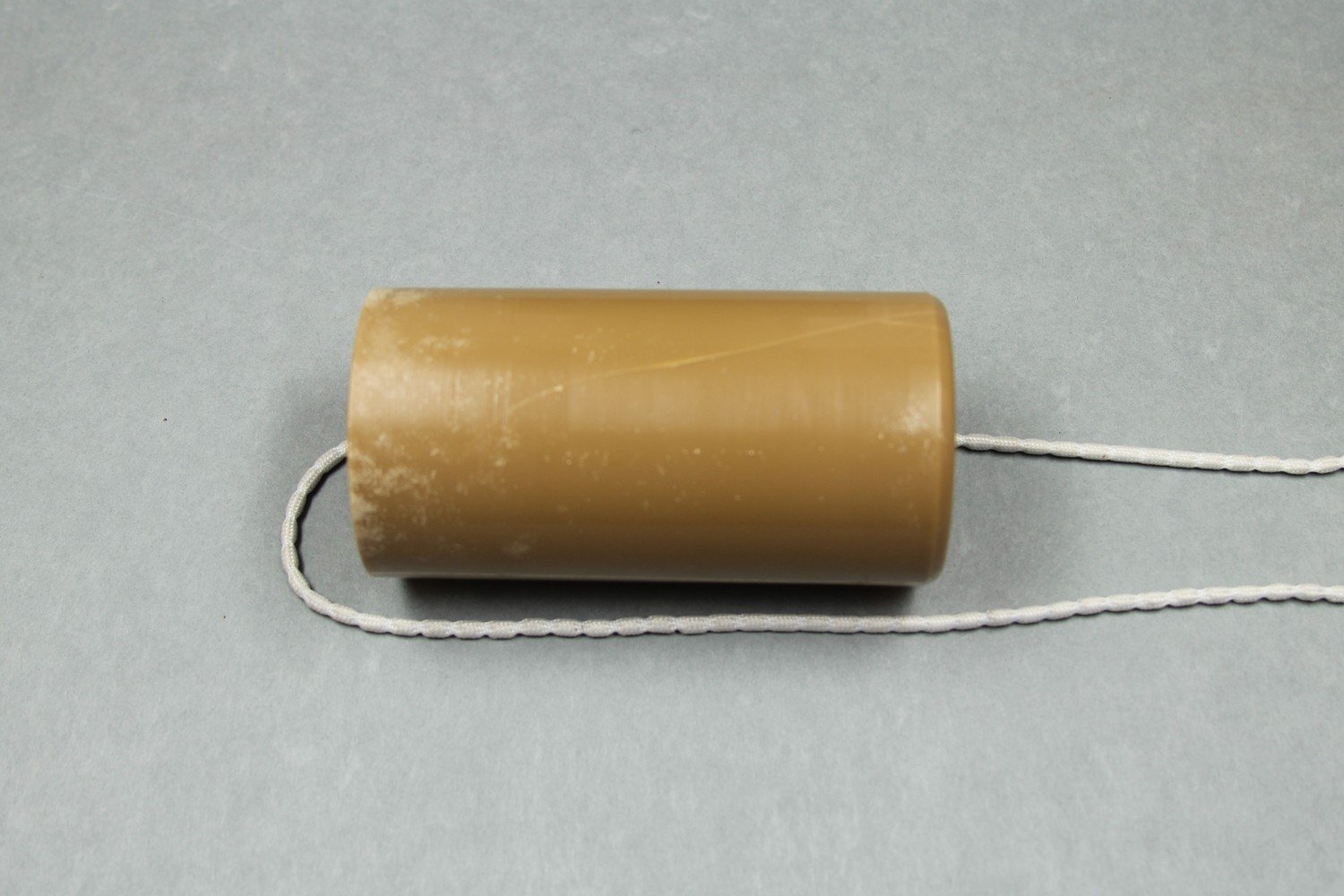 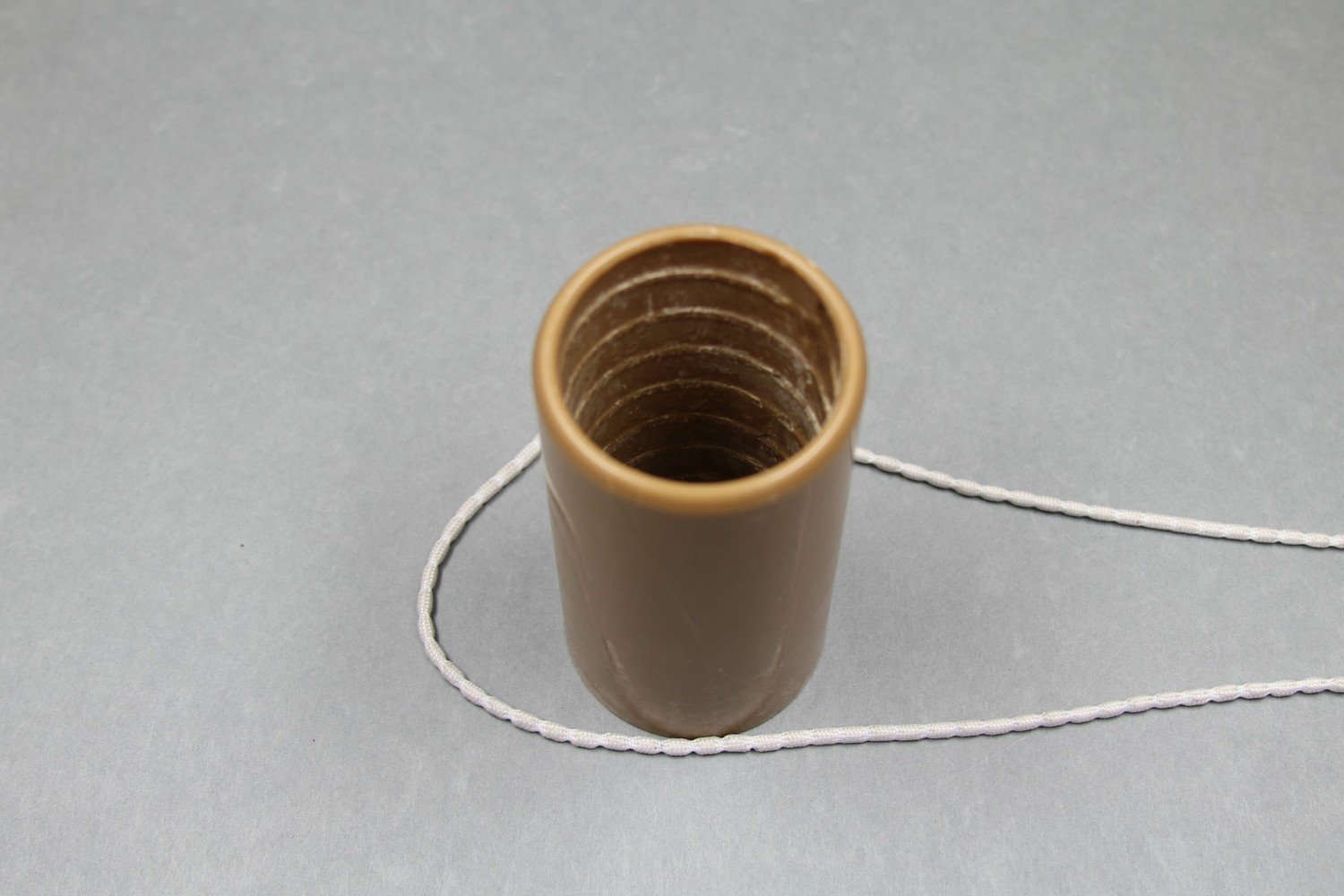 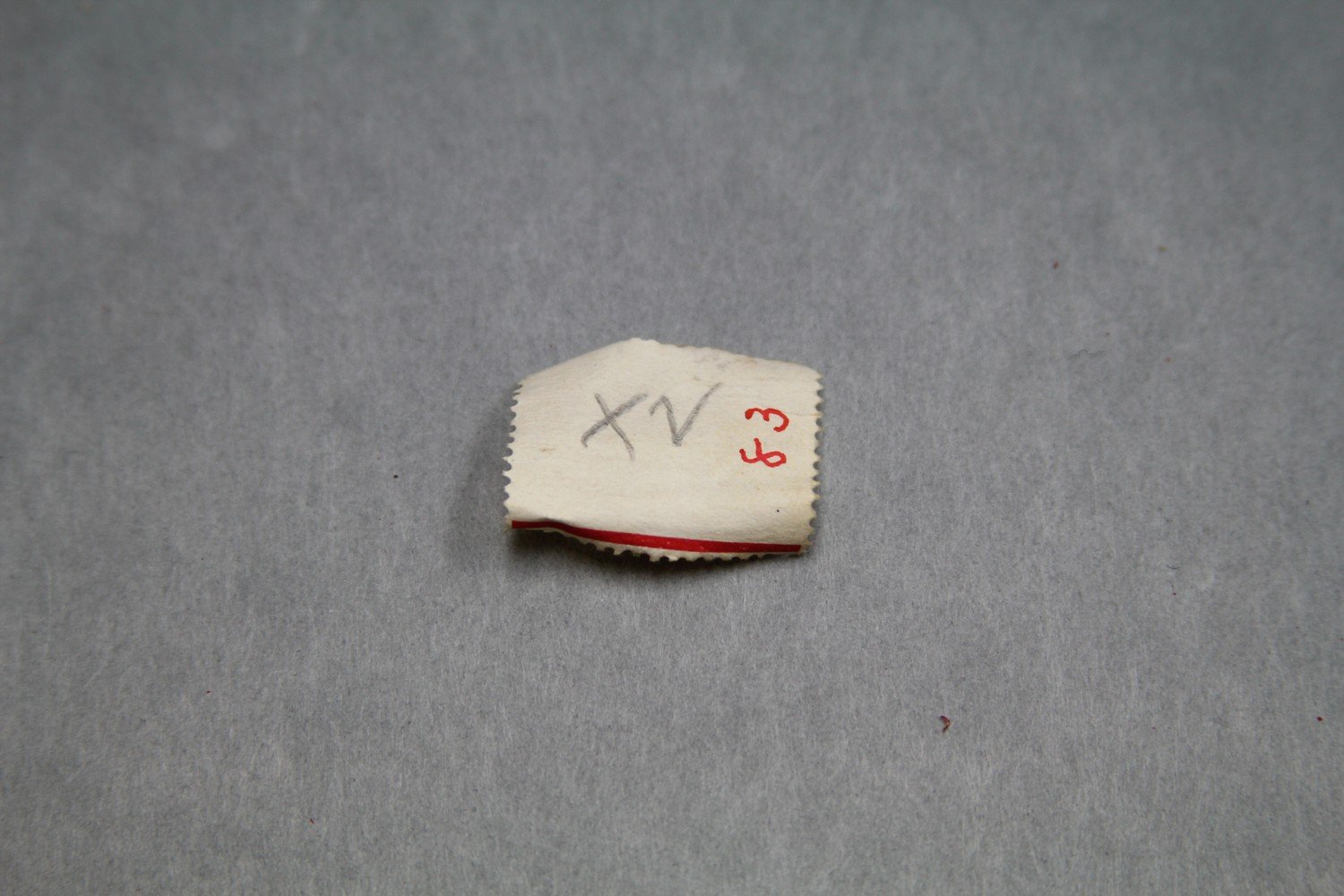 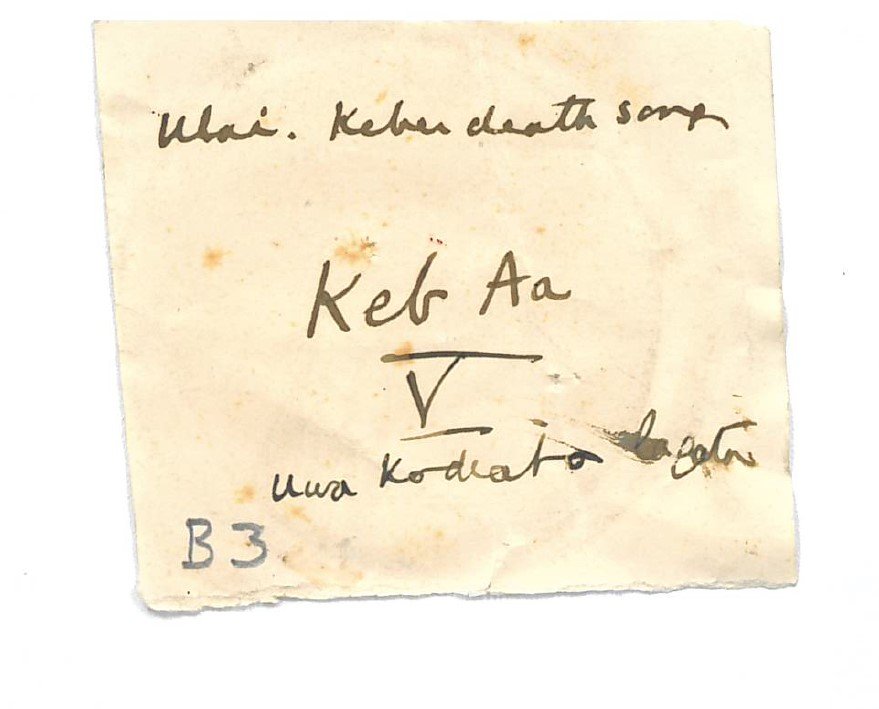   | Haddon, A.C. (ed.) 1908. Reports of the Cambridge Anthropological Expedition to Torres Strait: Volume VI, Sociology, Magic and Religion of the Eastern Islanders. Cambridge: Cambridge University Press. British Library shelfmark General Reference Collection YC.2011.b.632. | Haddon, A.C. (ed.) 1912. Reports of the Cambridge Anthropological Expedition to Torres Strait: Volume IV, Arts and Crafts. Cambridge: Cambridge University Press. British Library shelfmark General Reference Collection YC.2011.b.634. | |||||
| C80/1026 | Dimer | Joe Brown (singer, male); Ulai (singer, male) | Mer / Murray Island, Torres Strait Islands | 10 May 1898 – 24 August 1898 | 1. Unaccompanied male vocal solo. Funeral song. Inscription on insert notes: 'Dimer / Dz Ga’ and ‘Joe Brown + Ulai / Dimer'. One small slip of perforated paper: 'Dimer 84' [number in red ink]. This recording corresponds to Charles S. Myers' Keber Song XI. Song XI belonged to the people of Sebeg (Myers & Haddon (1908:150). This recording was previously described as Song IX in SAMI but as Song XI by Moyle (1985). According to the insert notes, this recording is performed by Joe Brown and Ulai. Myers specifically stated that Song IX was Wanu (1912:240). Ray stated that 'dim(i)ri' or 'dimrida' meant 'to tie together, fasten together, sew' (1907:139). Myers witnessed Joe Brown and Ulai performing on 24 May 1898: they "sit with the dari on their heads, sit vis à vis in the middle of a ring of drummers and singers. Their legs are crossed with feet against the opposite thighs. Ulai and Joe sing at the top of their voices a tune brought from Tud (Warrior I.) about the wind (guba, Tud word)" (Myers 1898:56). It is not clear which exact song was performed. Musical notation, translation and analysis in Myers (1912:245, 252-253, 268). Mentioned in Myers & Haddon (1908:150, 153). | Good quality recording. The recording date range assumes that Myers is indeed the recordist and corresponds to the dates of Myer's stay on Mer / Murray Island. Myers (1912:240): 'the keber songs which, with the exception of Song XI, are invariably in the western language.' In the same volume, Haddon suggested that "the words are really in the Western language though some may have subsequently become modified so as to approach in sound to Meriam words" (1912:286). | Meriam Mir | Field recordings | Myers, C. S. | 2'07" | 1898 Cambridge Anthropological Expedition to Torres Straits | Brown wax cylinder. No case. | Alfred Cort Haddon 1898 Expedition (Torres Strait and British New Guinea) Cylinder Collection | British Library | 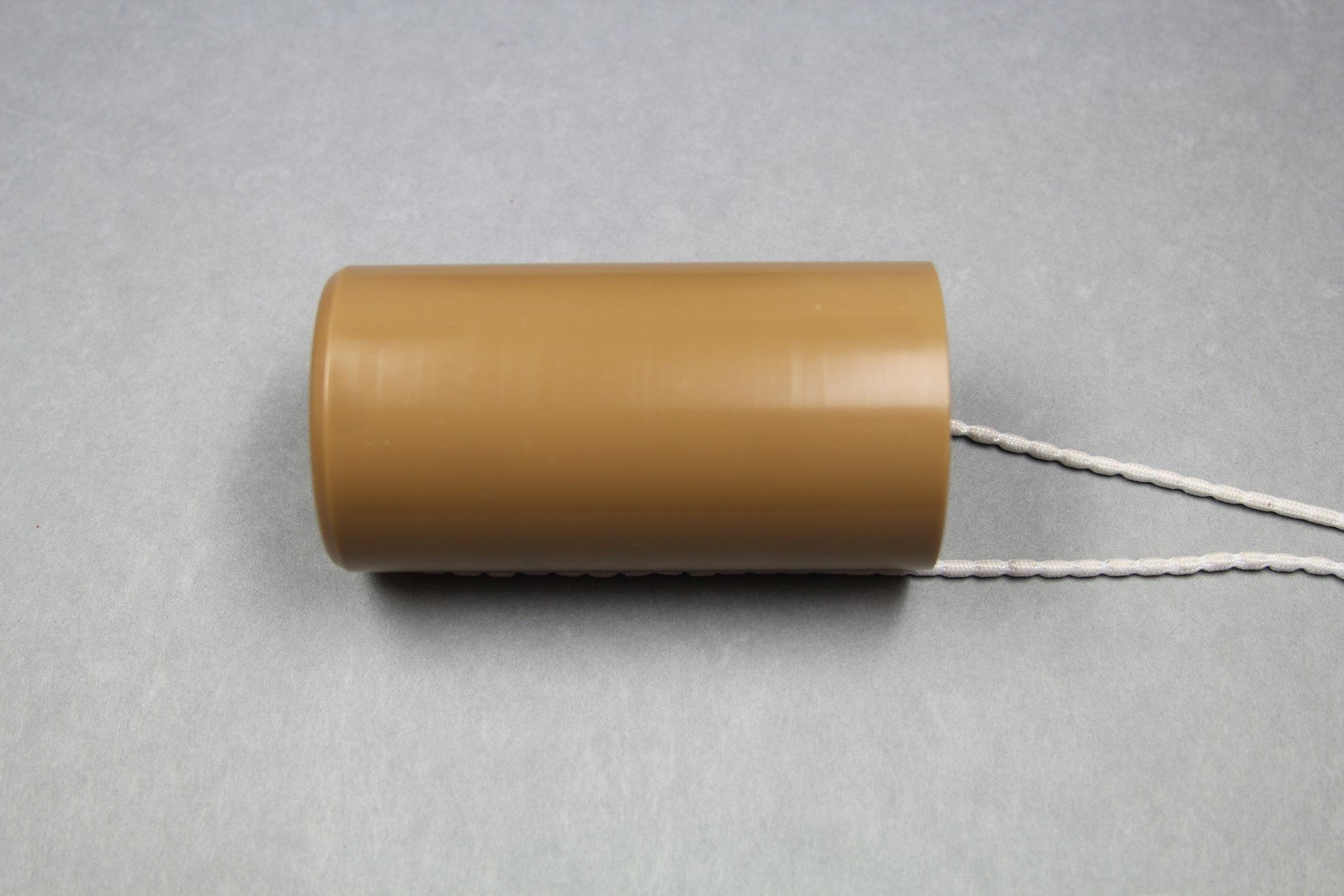 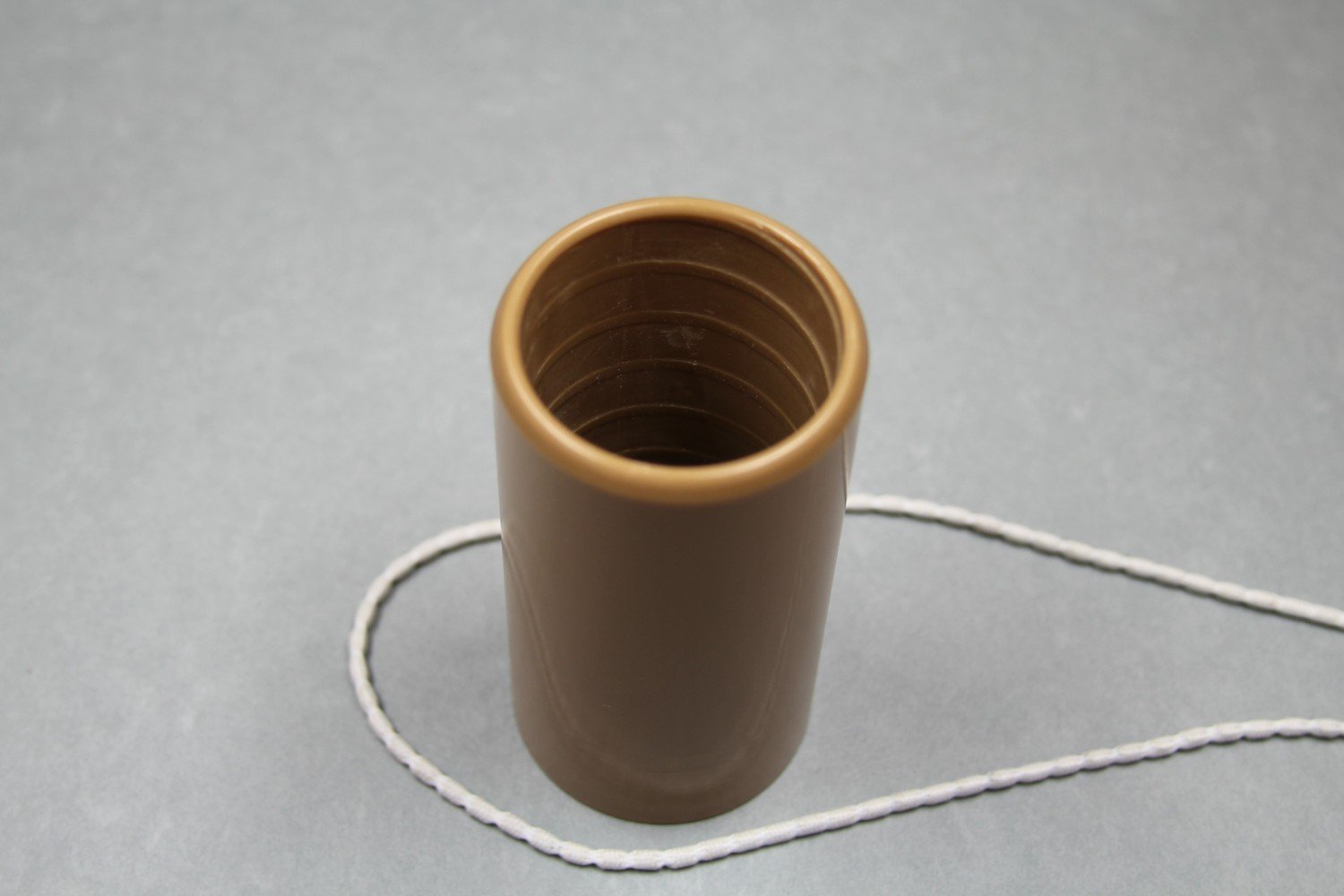 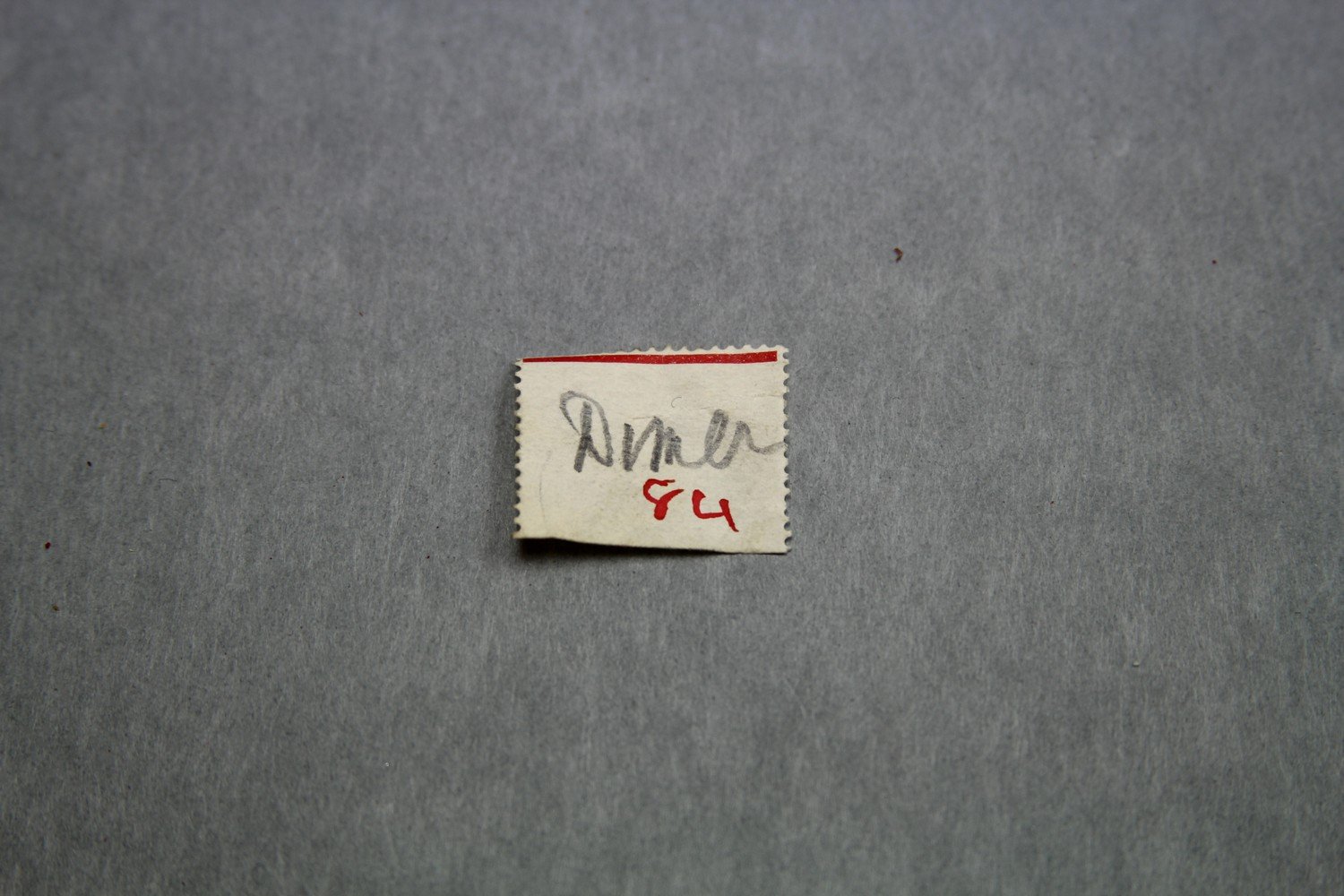 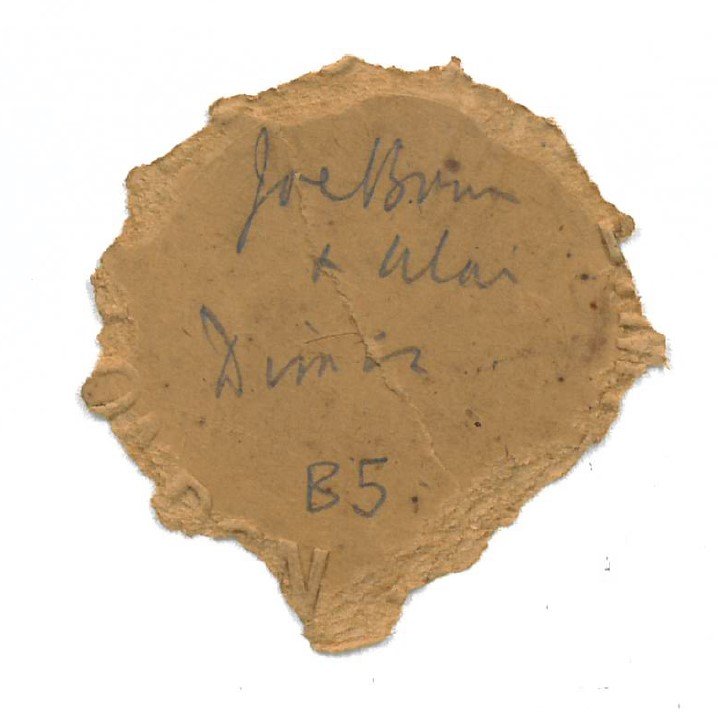   | Haddon, A.C. (ed.) 1907. Reports of the Cambridge Anthropological Expedition to Torres Strait: Volume III, The Languages of Torres Strait. Cambridge: Cambridge University Press. British Library shelfmark General Reference Collection YC.2011.b.631. | Haddon, A.C. (ed.) 1908. Reports of the Cambridge Anthropological Expedition to Torres Strait: Volume VI, Sociology, Magic and Religion of the Eastern Islanders. Cambridge: Cambridge University Press. British Library shelfmark General Reference Collection YC.2011.b.632. | Haddon, A.C. (ed.) 1912. Reports of the Cambridge Anthropological Expedition to Torres Strait: Volume IV, Arts and Crafts. Cambridge: Cambridge University Press. British Library shelfmark General Reference Collection YC.2011.b.634. | Myers, C. S. 1898-1899. Journal on Torres Straits anthropological expedition. [manuscript] Haddon Papers. ADD 8073. Cambridge: Cambridge University Library. | |||
| C80/1032 | Song by Joe Brown | Ulai (singer, male); Joe Brown (composer) | Mer / Murray Island, Torres Strait Islands | 10 May 1898 – 24 August 1898 | 1-3. Unaccompanied male vocal solo. Inscription on insert notes (almost illegible): 1. 'Dz Ea / ? Dzin[illeg] Ulai / ? Kolap'. 2.'Joe Brown / Ulai / 3[?] [illeg]'. 3. 'Ulai / song by Joe Brown / [illeg] / old kolap [illeg] song'. 4. 'Drawl. fruit [?]. Dimer [illeg]. / [illeg] / Dzenamarkai / [illeg] / Th[illeg] malásĭka fĕrásika ūmuru / keweia ba isiaba bauwálsika / naigaia / (umura kiwua naigaia) 2 / u.k.n.u.k. / i.m.i.t.i.m.i.t.u.k.n.'. This recording corresponds to Charles S. Myers' Secular Song XIV, which is a kolap song (Myers 1912:240). Kolap spinning had "recently been the fashionable excuse for an island gathering" (Myers 1898:87). Myers (1898:68): Men "will arrange themselves in a ring, + will squat there for hours on the sand, spinning their tops on plates" and may "sing some old song in the course of the spin". This song was sung while people sat in a circle and span kolap or tops (Myers 1912:240). Top spinning also known as kolap omen (Haddon 1912:315). Kolap spinning had "recently been the fashionable excuse for an island gathering" (Myers 1898:87). Words on inserts seem to correspond to Song XIV published by Myers (1912:253, 268). The kolap songs were recorded by Myers on Mer / Murray Island (Ray 1907:50; Haddon 1912:285-286). | Reasonable quality recording. The recording date range assumes that Myers is indeed the recordist and corresponds to the dates of Myer's stay on Mer / Murray Island. | Meriam Mir | Field recordings | Myers, C. S. | 2'17" | 1898 Cambridge Anthropological Expedition to Torres Straits | Brown wax cylinder. No case. | Alfred Cort Haddon 1898 Expedition (Torres Strait and British New Guinea) Cylinder Collection | British Library | 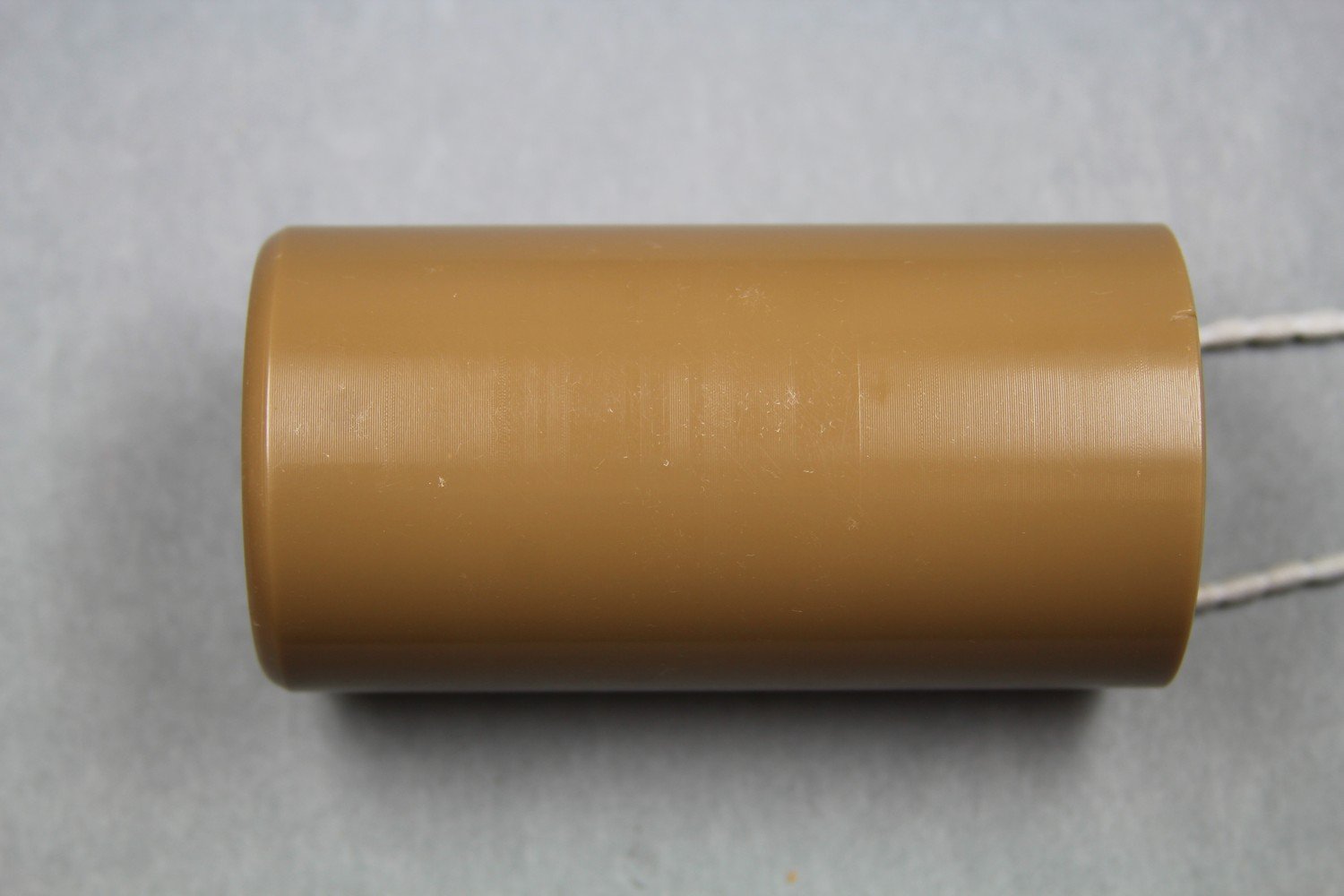 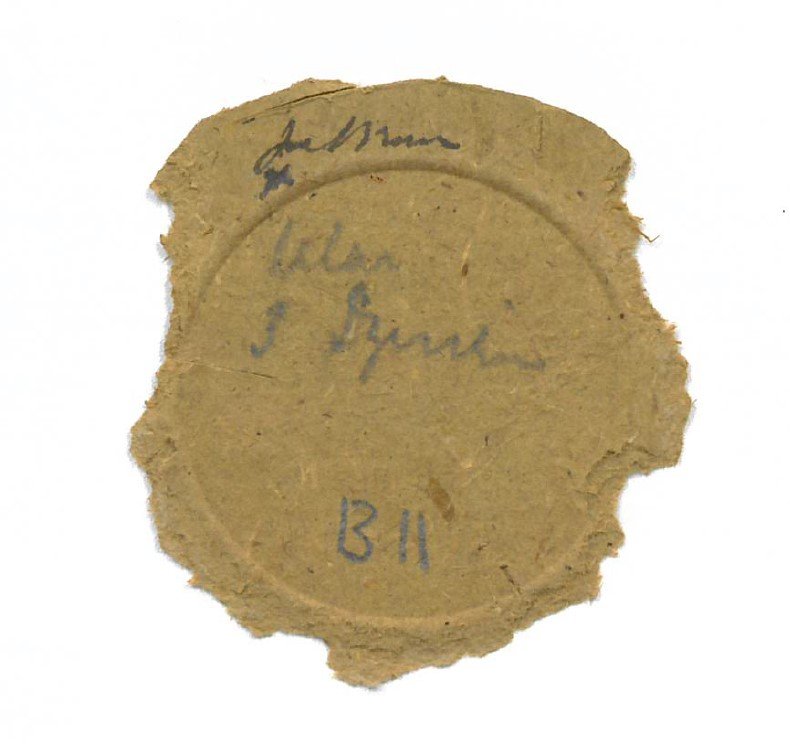     | Haddon, A.C. (ed.) 1912. Reports of the Cambridge Anthropological Expedition to Torres Strait: Volume IV, Arts and Crafts. Cambridge: Cambridge University Press. British Library shelfmark General Reference Collection YC.2011.b.634. | Myers, C. S. 1898-1899. Journal on Torres Straits anthropological expedition. [manuscript] Haddon Papers. ADD 8073. Cambridge: Cambridge University Library. | |||||
| C80/1037 | Jimmy Rice's song | Jimmy Rice (singer, male) | Mer / Murray Island, Torres Strait Islands | 10 May 1898 – 24 August 1898 | 1. Unaccompanied male vocal solo. Inscription on lid: ‘not transcribable'. Inscription on side: ‘Jimmy Rice’s Song ?original’. Ray notes that Jimmy Rice was present during the evening of 28 July 1898 where Ulai and others sang into Myer's phonograph (1898:81). However, there is no evidence linking this recording to that exact date. Ray notes that Jimmy Rice was present during the evening of 28 July 1898 where Ulai and others sang into Myer's phonograph (1898:81). However, there is no evidence linking this recording to that exact date. | Poor quality recording with weak signal and short duration. The recording date range assumes that Myers is indeed the recordist and corresponds to the dates of Myer's stay on Mer / Murray Island. | Meriam Mir | Field recordings | Myers, C. S. | 0'41" | 1898 Cambridge Anthropological Expedition to Torres Straits | Brown wax cylinder. Cardboard cylinder case. Edisonia. | Alfred Cort Haddon 1898 Expedition (Torres Strait and British New Guinea) Cylinder Collection | British Library | 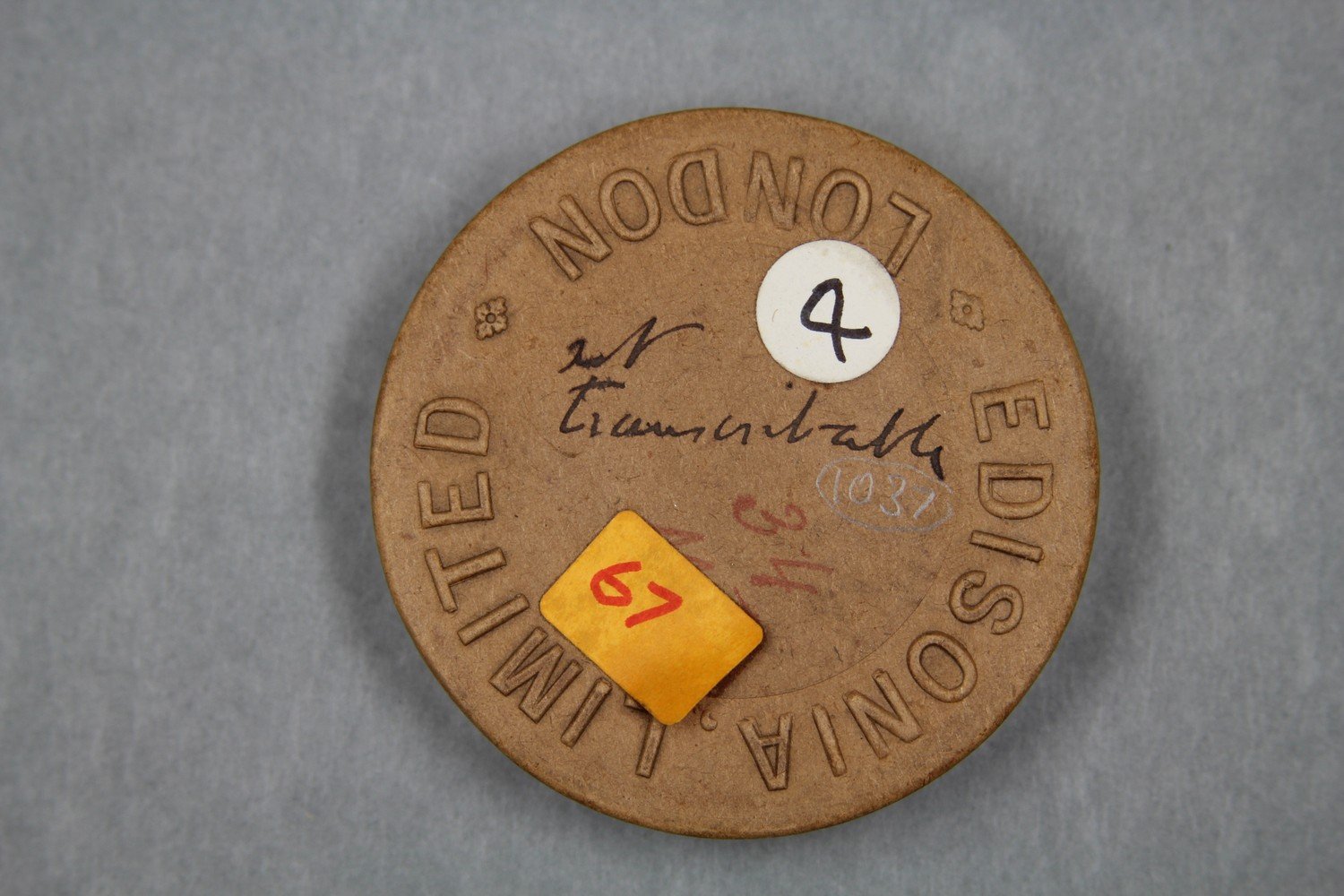 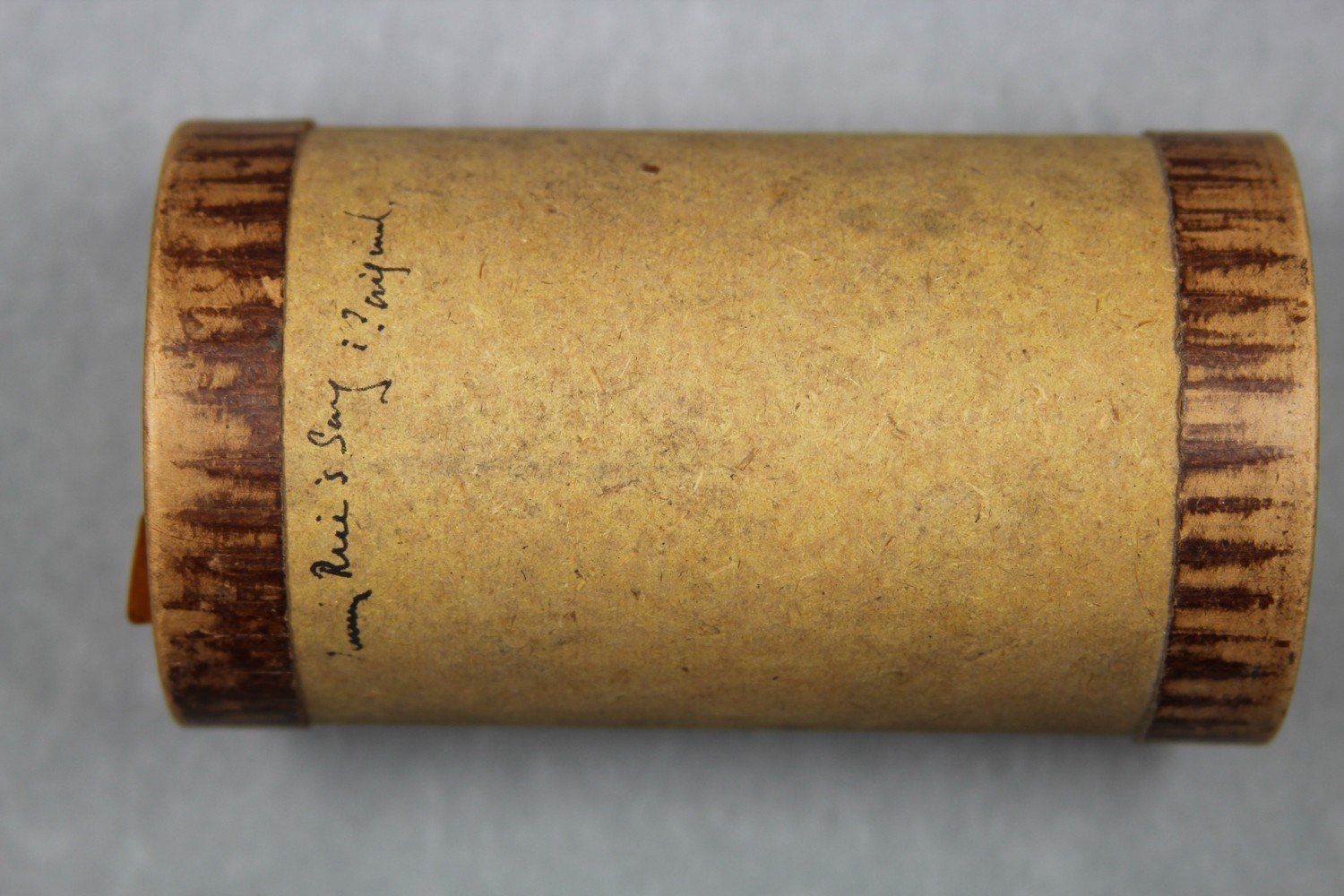     | Myers, C. S. 1898-1899. Journal on Torres Straits anthropological expedition. [manuscript] Haddon Papers. ADD 8073. Cambridge: Cambridge University Library. | ||||||
| C80/1047 | Push Canoe | Gasu (singer, male) | Mer / Murray Island, Torres Strait Islands | 10 May 1898 – 24 August 1898 | Male vocal solo. Inscription on insert notes (now no longer available): 'Song IVA: Malu. Gasu Malu / 'push canoe''. Inscription on side: ‘Gasu. Malu “Push canoe”. This recording corresponds to Charles S. Myers' Malu Song IV A. Adud leluti translates to 'bad man' (Haddon & Myers 1908:297). Ray translates adud as 'bad' or 'evil' (Ray 1907:132). Three records were obtained, two sung by Ulai and Gasu (Myers 1912:239-240). Song IV A was performed during the exhibition of the sacred Malu-Bomai masks and also during the dance of the Beizam Boai after the initiation ceremonies.” (Myers 1912:243). "The fourth song was uttered in a very low voice, and was followed by yet more highly sacred words which were quickly whispered so that no one may hear them save those who had been initiated into the Malu mysteries" (Myers & Haddon 1908:150). Published and analysed in Myers (1912:249-251, 267). Words also published in Haddon & Myers (1908:297-299). Musical notation is also included in Anthony Wilkin's field notebook as Song H (1898:251). | Reasonable quality recording. The recording date range assumes that Myers is indeed the recordist and corresponds to the dates of Myer's stay on Mer / Murray Island. In Alice Moyle's 1985 audition sheets, she linked this cylinder to other similar recordings: A4, A7, A10, C103, C104, C105, C105A. | Meriam Mir | Field recordings | Myers, C. S. | 1'54" | 1898 Cambridge Anthropological Expedition to Torres Straits | Brown wax cylinder. Cardboard cylinder case. Edisonia. | Alfred Cort Haddon 1898 Expedition (Torres Strait and British New Guinea) Cylinder Collection | British Library | 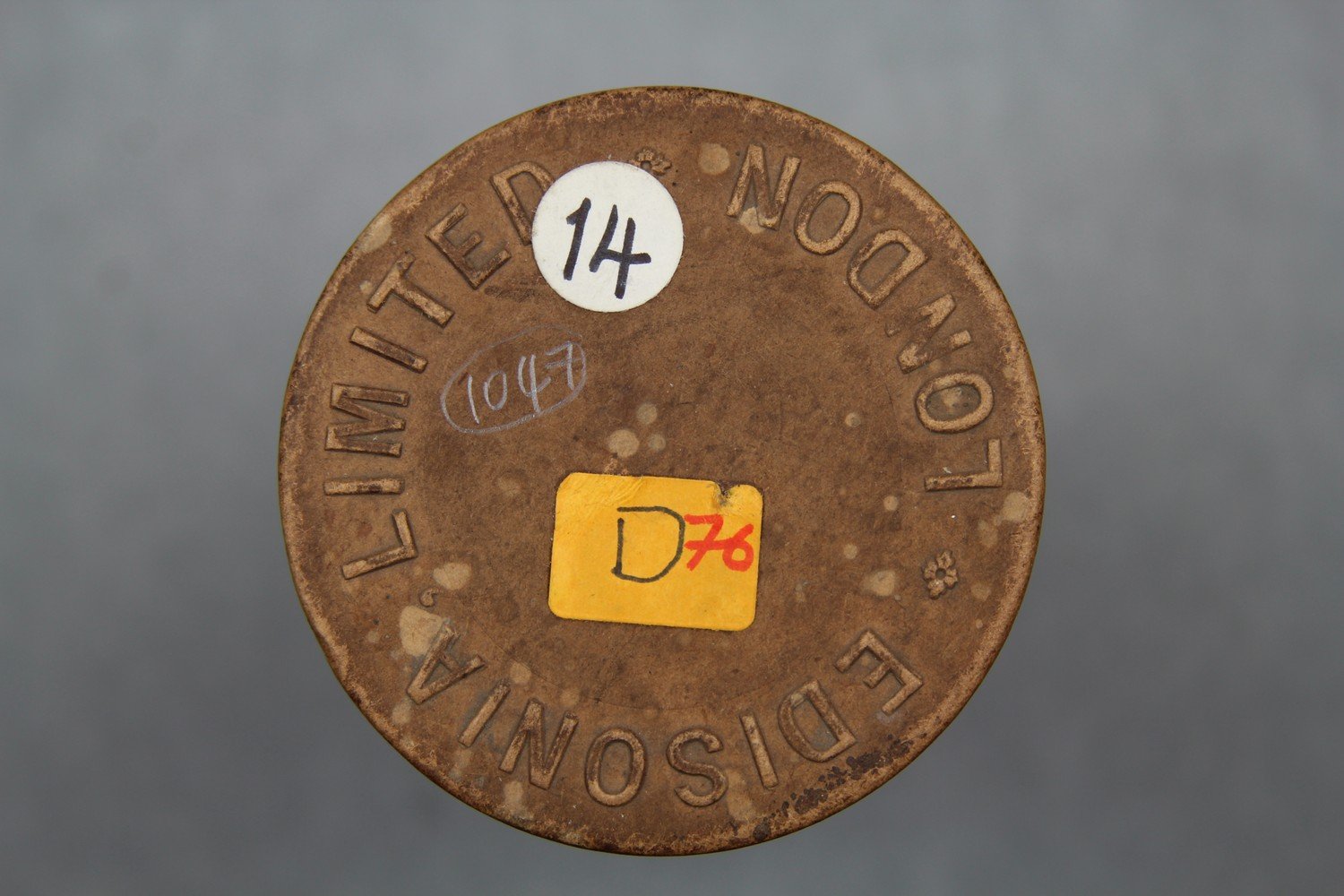 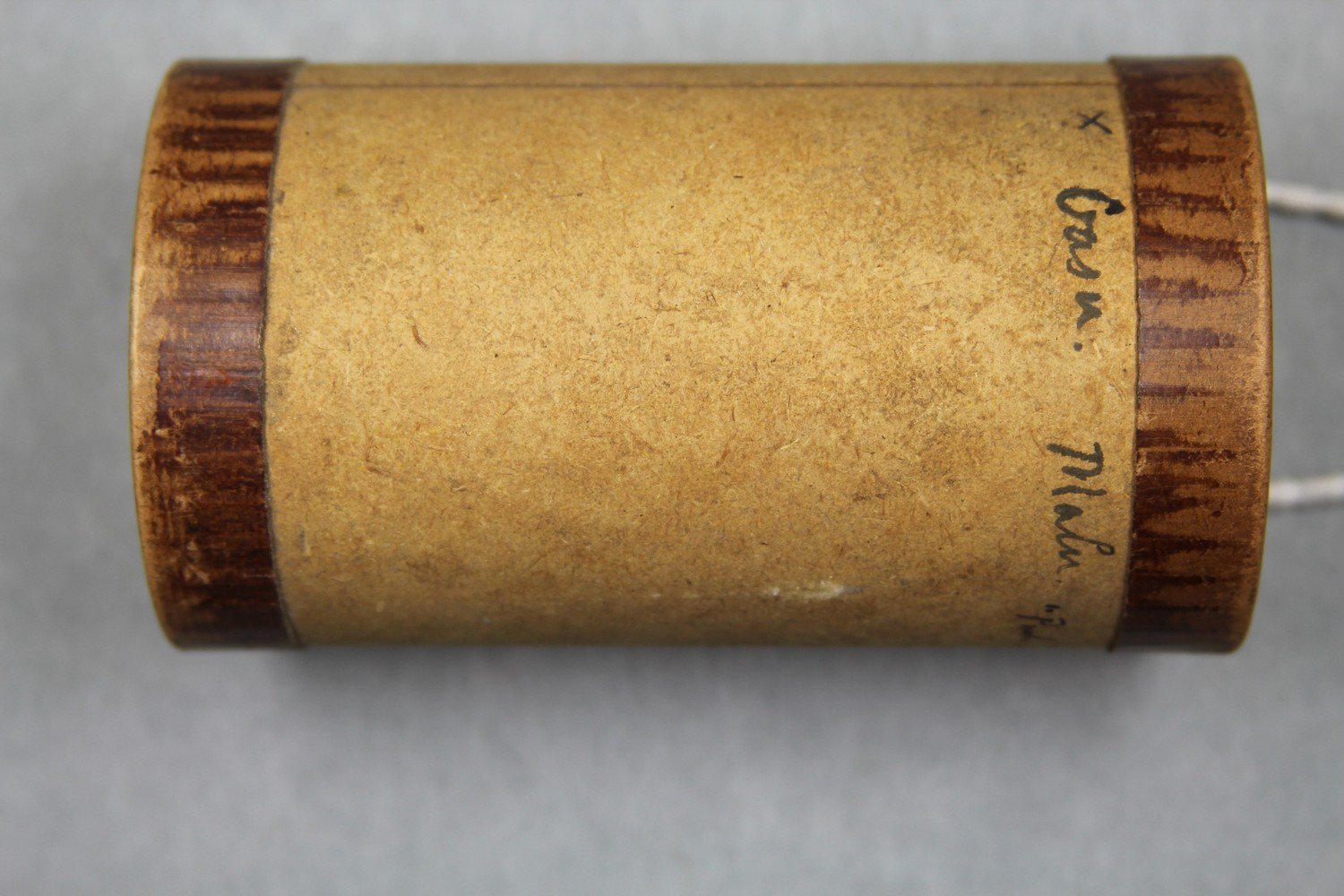     | Haddon, A.C. (ed.) 1907. Reports of the Cambridge Anthropological Expedition to Torres Strait: Volume III, The Languages of Torres Strait. Cambridge: Cambridge University Press. British Library shelfmark General Reference Collection YC.2011.b.631. | Haddon, A.C. (ed.) 1908. Reports of the Cambridge Anthropological Expedition to Torres Strait: Volume VI, Sociology, Magic and Religion of the Eastern Islanders. Cambridge: Cambridge University Press. British Library shelfmark General Reference Collection YC.2011.b.632. | Haddon, A.C. (ed.) 1912. Reports of the Cambridge Anthropological Expedition to Torres Strait: Volume IV, Arts and Crafts. Cambridge: Cambridge University Press. British Library shelfmark General Reference Collection YC.2011.b.634. | Wilkin, Anthony. 1898. Field Notebook [File 1027]. [manuscript] M2731-M2740: Torres Straits, 1888 - 1936, Cambridge University Library. See http://nla.gov.au/nla.obj-765702983 | Alice Moyle (AIAS, now AIATSIS) completed audition sheets for the Torres Strait cylinder collection in 1985. Copies of these are held at the British Library. | ||
| C80/1060 | Story of Shark | Jimmy Dei (speaker, male, police sergeant) | Mer / Murray Island, Torres Strait Islands | 6 May 1898 – 8 September 1898 | 1. Announcement: "Story about a shark… [indecipherable]. Sergeant Day, Murray Island". 2. Story about a shark. The term 'neur wer' refers to a constellation of two stars "which makes big wind and rain" (Ray 1907:155, Haddon 1935:132-133). | Poor quality recording with weak signal and surface noise. As the recordist has not been identified, the recording date range corresponds to when any of the Expedition members were on Mer / Murray Island. | Meriam Mir | Field recordings | 2'17" | 1898 Cambridge Anthropological Expedition to Torres Straits | Brown wax cylinder. Cardboard cylinder case. | Alfred Cort Haddon 1898 Expedition (Torres Strait and British New Guinea) Cylinder Collection | British Library | 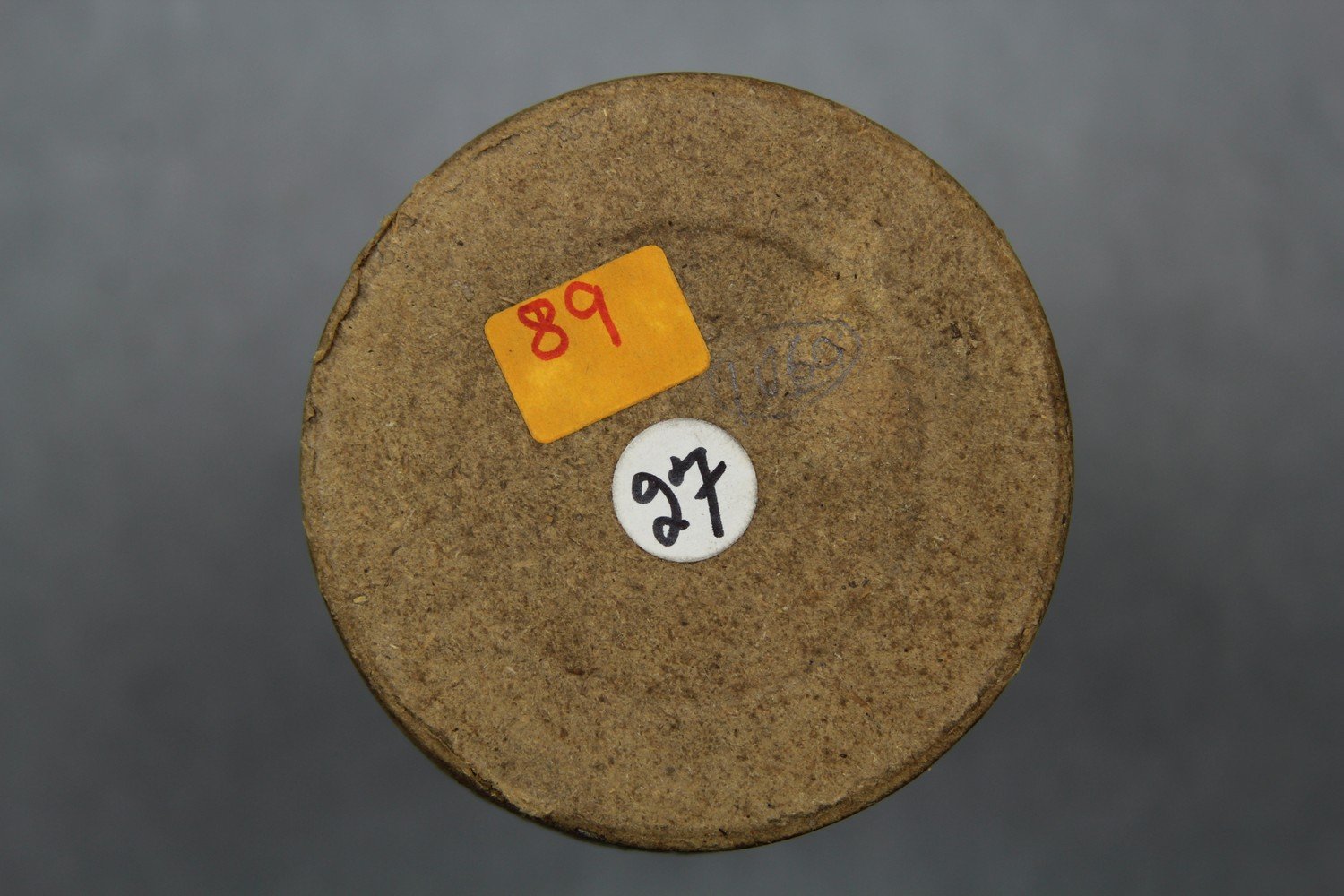 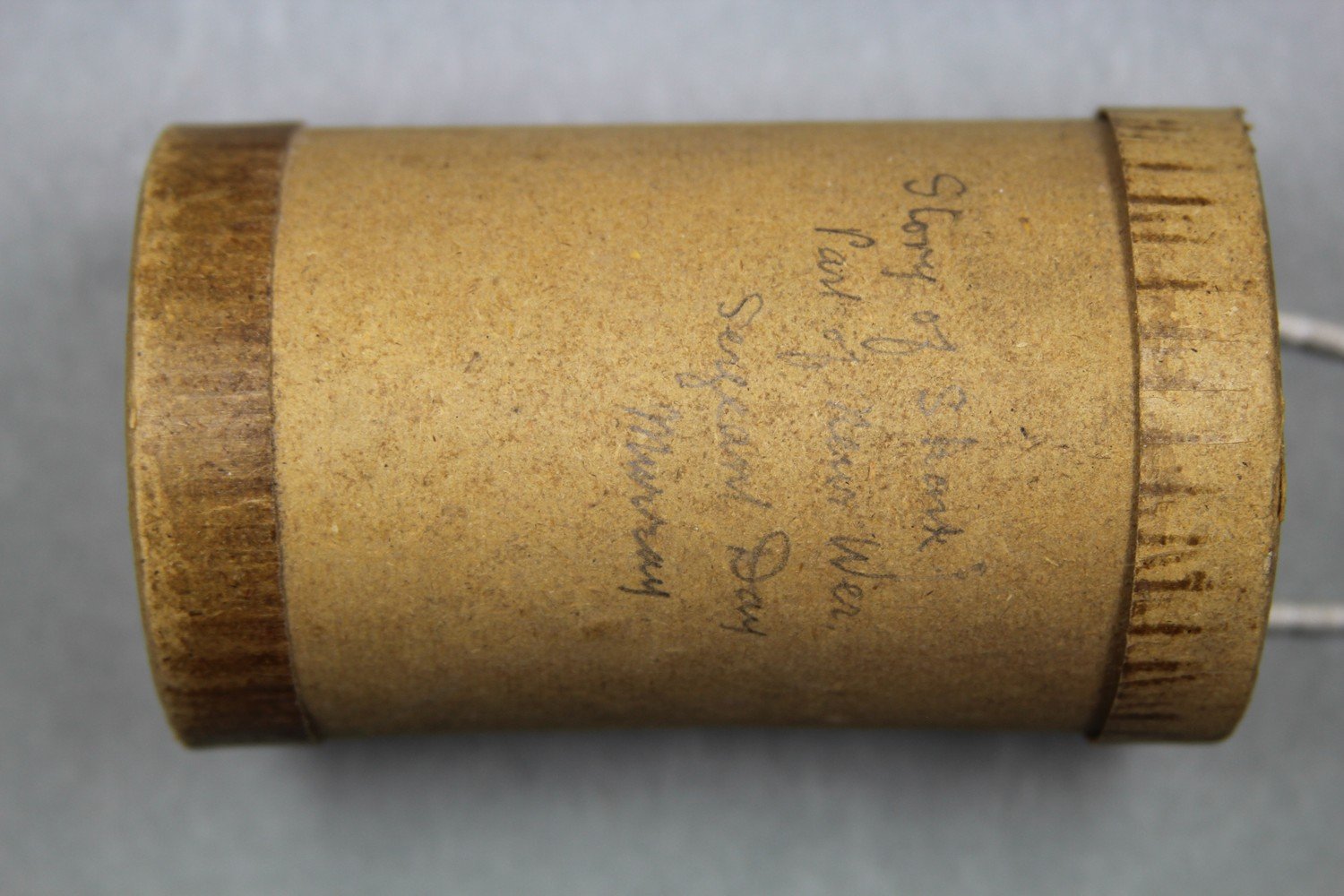     |
